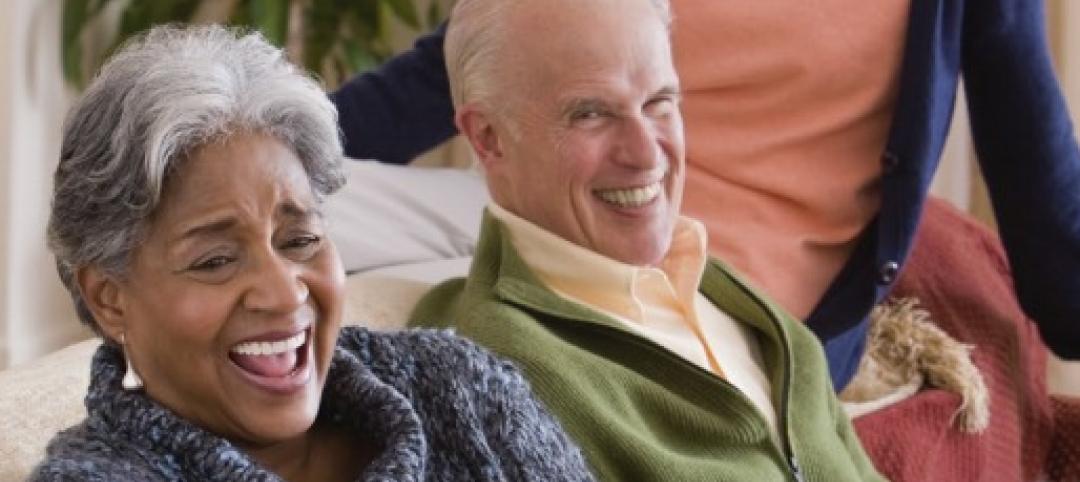Potential buyers for both multifamily and detached residences will want more contemporary kitchens and baths with cleaner lines, the National Kitchen and Bath Association (NKBA) reports.
The NKBA recently released its 2015 Kitchen & Bath Style Report, which documents what the industry's leading kitchen designers forecast will be the top features, amenities, and design styles this year. More than 400 NKBA members were surveyed for this report at the end of 2014.
Transitional styles—classic updated with a contemporary twist—takes the top spot for kitchen projects. On the decline for 2015 are Tuscan, Provincial, and Country styles.
"More clients are open to contemporary styles; (they're) not as hard to sell," Phill Johnson of Kornerstone Kitchens near Orlando, Fla., told NKBA.
The association also noticed a shift to the kitchen as the hub for family gatherings and churning out the creative juices. "We have experienced an increase in popularity for incorporating furniture-styled dry bars into kitchen designs," one respondent of the survey, Tori Johnson of Geneva (Ill.) Cabinet Gallery, said.
Here are the top 10 kitchen and bath design trends for 2015:
Kitchen
1. An accessible kitchen
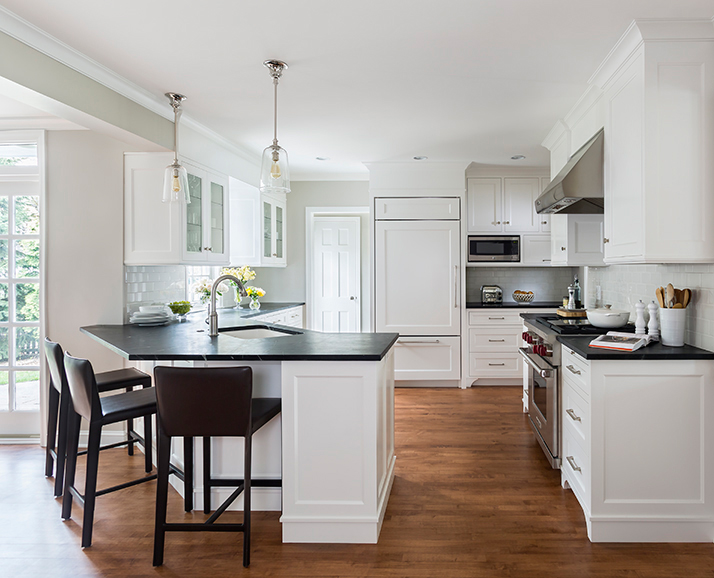 Photo: Andrea Rugg
Photo: Andrea Rugg
Research has found more Americans want to age in place, and accessibility is a key design factor for the kitchen. But the NKBA research found more perks to using universal design, with respondents saying it provides easier access for all, including improved storage solutions.
2. Pet Friendly Kitchens
 Photo: Houzz
Photo: Houzz
Instead of finding ways to block the kitchen from pets, more homeowners are trying to find ways so that their kitchen can better accomodate pets. "We installed a built-in self-filling water trough for the family dogs," one survey respondent said.
3. Whites and off-whites
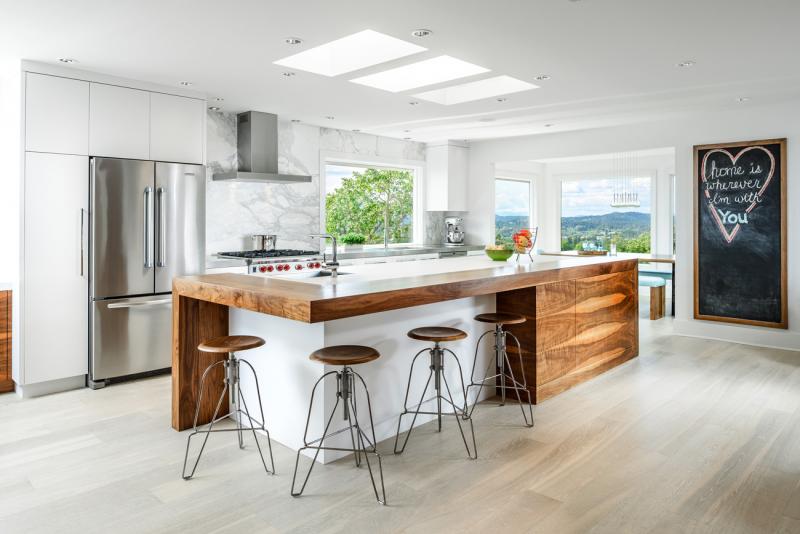 Photo: Joshua Lawrence
Photo: Joshua Lawrence
According to the NKBA, 81% of the association's designers said clients want a brighter kitchen, and a combination of whites and off-whites seems to do the trick. A close second are shades of gray, at 77%. "Gray is the new neutral," one respondent said.
4. Pullouts and rollouts for cabinets
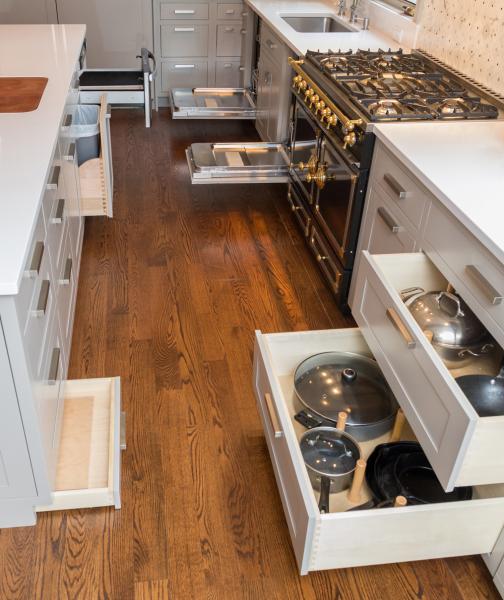 Photo: Joy Yagid
Photo: Joy Yagid
More than 90% of respondents said pullouts are in high demand when it comes to storage. Pullouts for trash and recycling rank at number one, at 92%, followed by lazy susans (85%) and spice pullouts (62%). This allows homeowners to have less clutter on their countertops, allowing that streamlined look.
5. The cooking hobbyist's kitchen
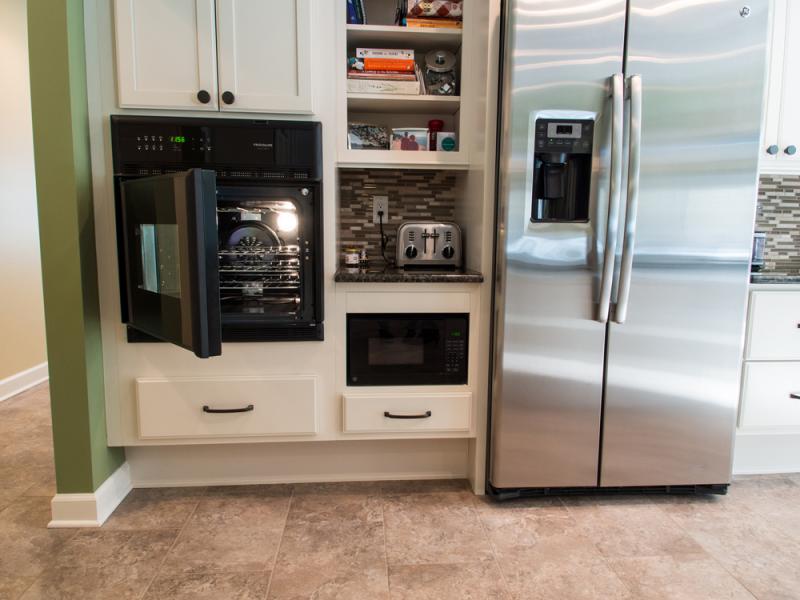 Photo: Roland Hardy
Photo: Roland Hardy
Built-ins and undercounter appliances are taking over demand for freestanding ones. With platforms like Pinterest promoting a wellness-centered, cook-at-home lifestyle, the NKBA noticed demand for multiple appliances to accomodate multiple cooks and clean-up crews. The steam oven has increased demand, and so has the double wall oven.
Bath
6. Polished chrome fixtures
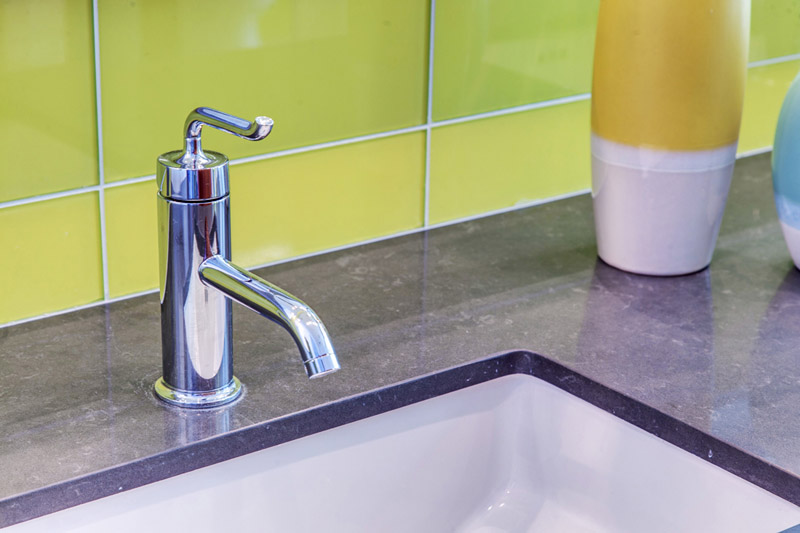 Photo: Laura Moss Photography
Photo: Laura Moss Photography
Research found that polished chrome is the fastest growing choice for bathroom faucet finishes, with 80% of responding designers saying homeowners specified this. On the decline are bronze and oil-rubbed bronze fixtures.
7. Wooden vanities
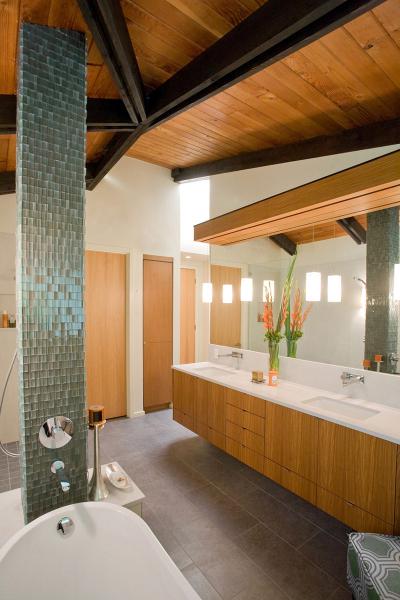 Photo: Arnal Photography
Photo: Arnal Photography
Floating vanities are all the craze right now, especially if they are made out of wood. "We're getting more requests for floating vanities and furniture-looking pieces," one respondent said. Also on the rise are open-shelving style vanities.
8. Pebble floor tiles
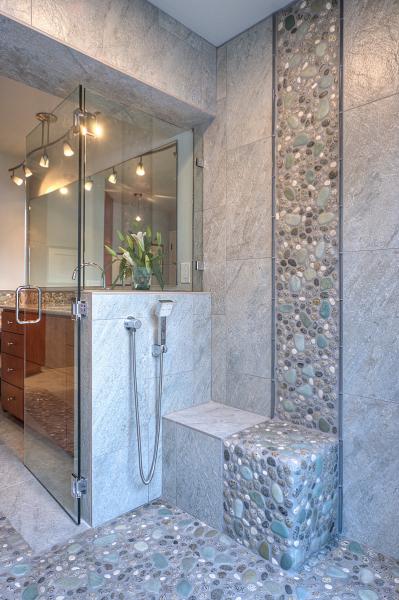 Photo: Mike Small
Photo: Mike Small
So long vinyl and linoleum. More homeowners are going for elegant-yet-still-affordable ceramic tile. Natural stone tile, which includes the "pebble tile" pictured here, are on the rise, and respondents say homeowners are asking for them to be used for both floor and shower wall.
9. Accesible, no-threshold showers
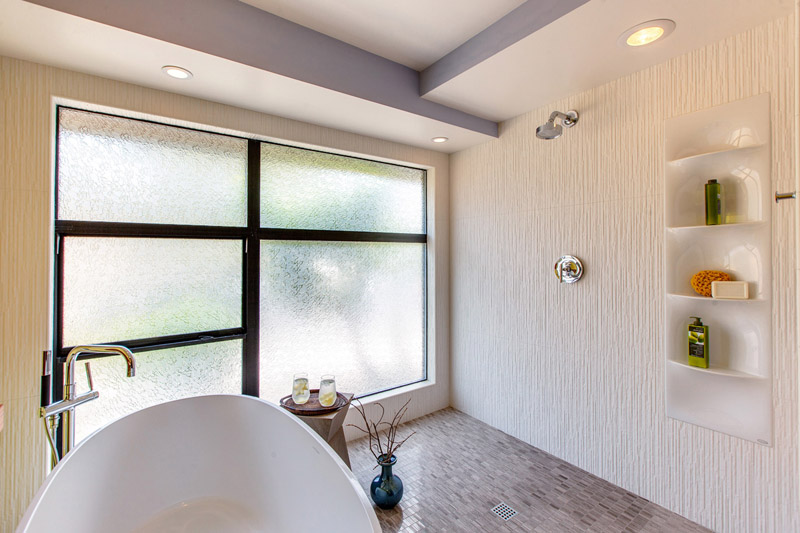 Photo: PreviewFirst.com
Photo: PreviewFirst.com
More than 60% of respondents designed no-threshold showers for their clients in 2014, the survey found. This is up eight percentage points from 2013 and is expected to increase dramatically in 2015.
10. Undermount sinks
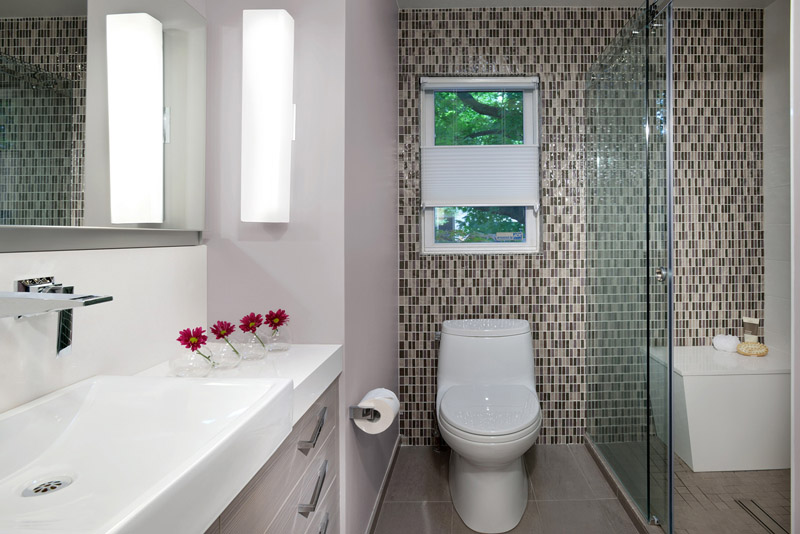 Photo: Arnal Photography
Photo: Arnal Photography
The study found that undermount sinks are predicted to grow strongly in 2015, having already been the number-one style used by 90% of designers in 2014.
Related Stories
| Nov 7, 2014
Prefab helps Valparaiso student residence project meet an ambitious deadline
Few colleges or universities have embraced prefabrication more wholeheartedly than Valparaiso (Ind.) University. The Lutheran-based institution completed a $27 million residence hall this past summer in which the structural elements were all precast.
| Nov 3, 2014
Novel 'self-climbing' elevator operates during construction of high-rise buildings
The JumpLift system from KONE uses a mobile machine room that moves upward as the construction progresses, speeding construction of tall towers.
| Nov 3, 2014
Cairo's ultra-green mixed-use development will be topped with flowing solar canopy
The solar canopy will shade green rooftop terraces and sky villas atop the nine-story structure.
| Oct 31, 2014
Dubai plans world’s next tallest towers
Emaar Properties has unveiled plans for a new project containing two towers that will top the charts in height, making them the world’s tallest towers once completed.
| Oct 29, 2014
Better guidance for appraising green buildings is steadily emerging
The Appraisal Foundation is striving to improve appraisers’ understanding of green valuation.
| Oct 27, 2014
Studio Gang Architects designs residential tower with exoskeleton-like exterior for Miami
Jeanne Gang's design reinvents the Florida room with shaded, asymmetrical balconies.
| Oct 21, 2014
Passive House concept gains momentum in apartment design
Passive House, an ultra-efficient building standard that originated in Germany, has been used for single-family homes since its inception in 1990. Only recently has the concept made its way into the U.S. commercial buildings market.
| Oct 21, 2014
Perkins Eastman white paper explores state of the senior living industry in the Carolinas
Among the experts interviewed for the white paper, there was a general consensus that the model for continuing-care retirement communities is changing, driven by both the changing consumers and more prevalent global interest on the effects of aging.
| Oct 16, 2014
Perkins+Will white paper examines alternatives to flame retardant building materials
The white paper includes a list of 193 flame retardants, including 29 discovered in building and household products, 50 found in the indoor environment, and 33 in human blood, milk, and tissues.
| Oct 15, 2014
Harvard launches ‘design-centric’ center for green buildings and cities
The impetus behind Harvard's Center for Green Buildings and Cities is what the design school’s dean, Mohsen Mostafavi, describes as a “rapidly urbanizing global economy,” in which cities are building new structures “on a massive scale.”









